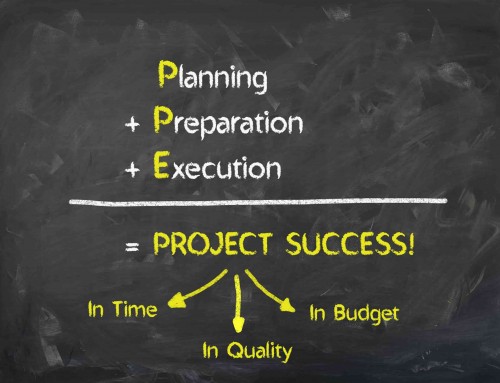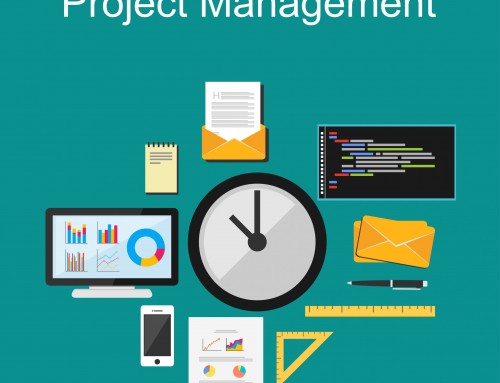Implementing MYOB Acumatica – make sure you have a structured data conversion plan
This is blog 3 in the Leverage Technologies MYOB Acumatica (formerly MYOB Advanced) “Your implementation questions answered” series.
When implementing MYOB Acumatica or any other ERP solution make sure that you pay careful attention to data conversion as part of your implementation planning, resourcing and investment/budget allocation.
Most companies that implement MYOB Acumatica are already using an accounting solution (for example MYOB AccountRight) or perhaps the company is using a legacy, outdated, ERP solution. As part of the MYOB Acumatica implementation process, your MYOB Acumatica partner will suggest an implementation methodology that includes several implementation stages. Typically, these implementation stages will include:
- Scope of works
- Super User Training
- System Configuration
- User Acceptance Testing
- Data Conversion
- User Training
- Preparation for Go Live
- Go Live
- Post-Go-Live Support
One of the often overlooked or at least oversimplified elements of the implementation structure for any ERP solution is data conversion. Companies often overlook the potential complexities associated with data conversion. When reviewing data conversion as part of your MYOB Acumatica implementation project consider the following:
- Number of data sources – how many different data sources are required to be used for source data? How different are these data sources? For example, is all data held in a legacy ERP solution (single data source) or, is some data in an accounting solution, other data is on the spreadsheet and additional data in an in-house developed database? The greater the number of data sources and the greater the number of distinct data apps being used, the more time and effort will be required during the data preparation and reconciliation process.
- Data volume – what data volumes require upload? For example, if an upload of fixed assets is required, how many fixed assets are there? How many asset groups? The volume of data to be uploaded – serial numbers, SKU’s etc. can have an impact on data conversion planning.
- Historical data – most businesses plan to import master data and open transactional data from their legacy systems into MYOB Acumatica. If managed correctly, this is a relatively straightforward process. What can increase the complexity associated with data conversion is the importing of historical data. The importing of historical data can be required for various reasons – warranty information, open project data, sales history for purchase planning and sales history for budgeting purposes.
- Legal requirements – if your business operates in a highly regulated environment (for example – food and beverage, medical etc.) your business will have specific data requirements under HACCP and TGA guidelines.
- Resource – has an impact on many parts of an ERP / MYOB Acumatica implementation – none more so than data conversion. Yes, MYOB Acumatica offers great technical tools to import data from legacy systems but there is still a requirement to export data from legacy systems, to reconcile data and add data to MYOB Acumatica to ensure that all relevant data is ready for go-live. Test plans and data checking take time and effort to implement. Most parts of this process are best managed by internal team members who know and understand your data.
- Data quality – has an impact on the time taken to structure data imports, and manage the testing and reconciliation process. If data is well structured and maintained in legacy systems it will be easier and less time-consuming to manage the data conversion process. Unstructured data of poor quality will need to be “cleaned” before the import/data conversion process starts.
A typical data conversion process includes the conversion of master data (inventory items, customers, suppliers and bills of material). Open transactions – open AR invoices, open AP invoices, and open purchase orders are typically imported as part of the data conversion process. If the volume of open transactions is low, users can manually enter the open transactions (for example open purchase orders). This gives users great practice and familiarisation with the data entry process whilst also achieving a key data conversion goal. Opening balances are used as a starting point.
Historical data is typically not imported as part of a standard data conversion process unless there are very specific reasons to do so – legal and fiscal, warranty etc.
Alternatives to historical data imports can also be considered – for example, you can use a BI / Analytics application to import historical data into a data warehouse-type solution for easy access to historical data.
The data conversion process should be treated as a mini-project within your MYOB Acumatica implementation. There should be a structured approach to data conversion:
- Scope the data conversion – what data needs to be imported, where is the data, how much data needs to be imported, who has responsibility for the data etc.
- Provide resourcing – between internal company resources and your MYOB Acumatica implementation partner
- Include the data conversion on your implementation plan “critical path” and allocate timelines and deadlines on your project plan
- Start early in the project phase – cleaning data, testing data templates and familiarising your MYOB Acumatica super users with data requirements and processes – cleaning and checking data takes longer than expected
- Test data imports – import data into test databases / a sandbox environment
- Check the results and pivot if changes are required
- Run data user acceptance testing
- Prepare for a go-live data conversion – based on lessons learnt from test data conversions and user acceptance testing
- Run the go-live data conversion
- Reconcile and check data before users start transacting
There are many important stages and co-dependencies in the implementation of ERP solutions. Data conversion is one of the more important, often overlooked components of an MYOB Acumatica implementation. Allocate budget, time and effort to your data conversion to ensure this important part of your implementation goes smoothly. The team at Leverage Technologies has vast experience implementing MYOB Acumatica (formerly MYOB Advanced) – if you want advice call one of our friendly team members on 1300 045 046 or get onto our webchat on www.leveragetech.com.au – we will be happy to help.








Leave A Comment